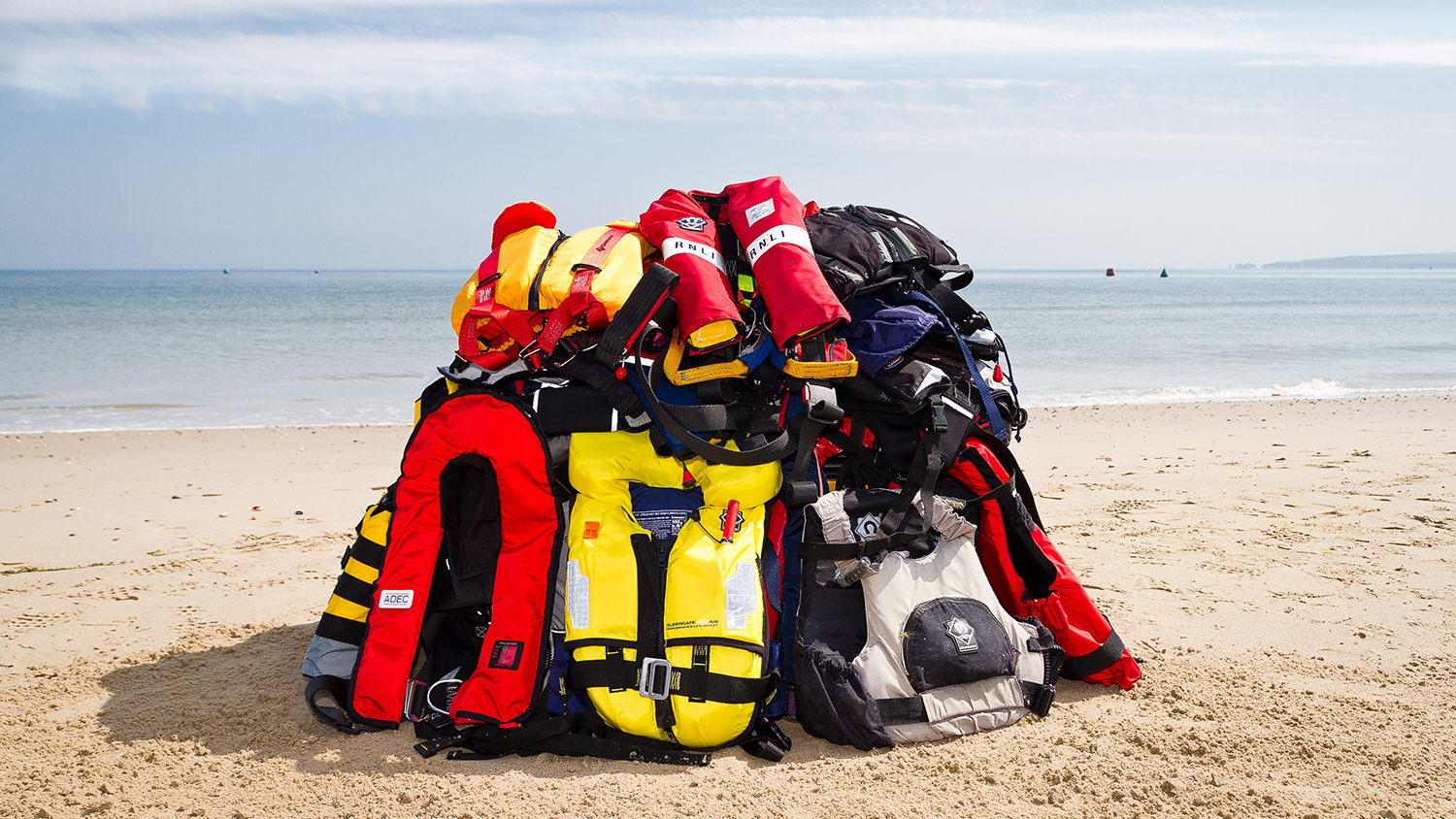
Best Life Jacket Practices
Much like wearing a seatbelt when driving a car, properly wearing a life jacket while boating can save your life in an accident. New York has some of the best boating in the country and it’s important to enjoy our clear blue waters safely. Here is some information about life jackets.
Vessels 16 to 26 feet
The vessel must have one approved type I, II, or III personal floatation device (PFD) provided for every person on board and anyone skiing must wear a type I, II, or III PFD. For vessels 16-26 feet, anyone under the age of 6 must wear an approved Type I, II, or III personal floatation device while the vessel is underway.
Life Jacket Fit
To be sure your life jacket performs in a time of need, a proper fit is imperative. A life jacket that is too small may not keep you afloat and too large will ride up and possible fall off. Life jackets should be snug, yet flexible and adjustable. It’s good practice to make sure the life jacket is the appropriate size for the intended user based on weight and chest measurement.
Life Jacket Maintenance
It’s critical to make sure your life jackets are kept in good condition to be sure you will be safe if they are ever needed. We recommend letting jackets drip-dry before storing in a well-ventilated area. Avoid drying your life jackets in direct sunlight, as this can cause damage and affect buoyancy. Inspect your life jackets every season for tears or loose buckles or zippers and replace any that may have damage.
Knowing the laws and regulations around life jackets may just save your life in a time of need. Here at Kings Bay Marina, we want everyone to stay informed and safe while boating.